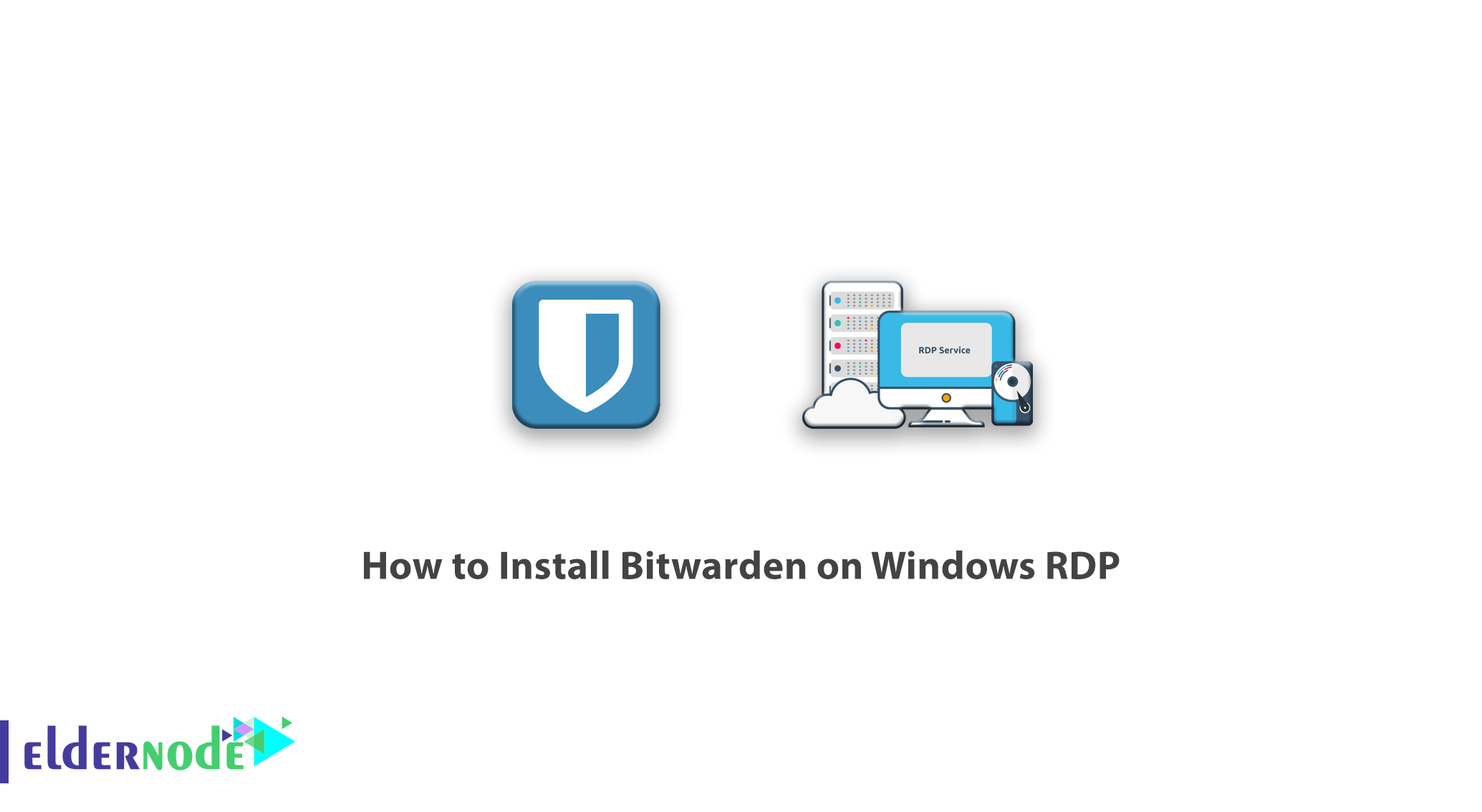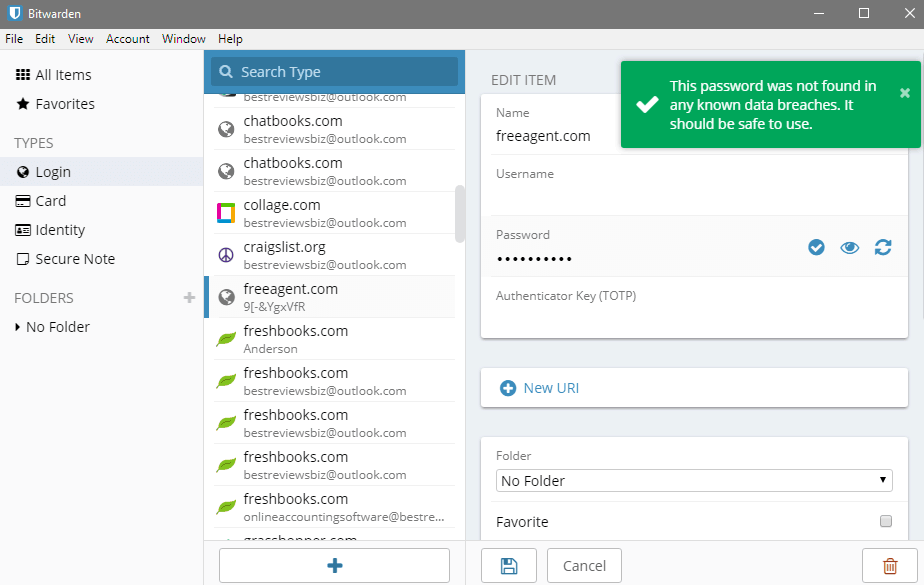As we're sure you're aware, setting up a VPN for torrenting will ensure you stay safe. A VPN server hides your real IP address so that peers can’t see your actual location, and it encrypts your internet traffic, which stops your ISP from finding out that you are using a torrent site. Setting up the container Once the download has finished, select it from the list and click on ‘Launch’, this won’t actually start things yet you effectively launch the setup process. As you can see in the screenshot above you will initially need to give your container a name, in this case I just left it as the default, but you can call it.
- Setting Up Bitwarden On Synology
- Setting Up Bitwarden_rs
- Setting Up Bitwarden On Google Cloud
- Setting Up Bitwarden Server
- Setting Up Bitwarden
These VPNs will keep you safe when Torrenting
As we're sure you're aware, setting up a VPN for torrenting will ensure you stay safe. A VPN server hides your real IP address so that peers can’t see your actual location, and it encrypts your internet traffic, which stops your ISP from finding out that you are using a torrent site.

In this guide, we show you how to set up a VPN on a BitTorrent client. We cover how to do this on Windows, macOS, and Linux. We’ll also show you how to verify that your VPN is working, so you don't get any nasty surprises, and provide you with some handy tips for getting the most out of your VPN.
Want to torrent on another device?
If you wish to torrent on another platform, please check out our guides on how to do so in Android, Chrome OS, and even iOS (iPhone and iPad).
Select a VPN service
Sign up to a VPN service, then download its software, install it, run it, and connect to a server of your choosing. We recommend ExpressVPN because It is the best service for torrenting. It provides users with fast servers, reliability, and it is super secure.
We have detailed VPN setup guides for install a VPN on multiple devices, see the links below if you want more information:
Please note: The most important thing when choosing a VPN for torrenting is to pick one that allows P2P. Most do, and in doing so, they endeavor to shield their users from copyright enforcers and provide special servers optimized for torrenting.
Unfortunately, some don’t. These services may cancel your subscription, or even hand your details over upon receipt of a DMCA-style notice.
Please check out Best VPNs for torrenting for a list of our favorite VPNs which permit torrenting.
Enable your VPN's kill switch
A 'kill switch” prevents your device from accessing the internet if your VPN stops working. The feature is almost always firewall-based and might be called something else, such as 'Network lock” or even just 'Firewall.”
It is a particularly useful tool for torrenters because they often leave their computers downloading and seeding unattended for hours at a time. During this period, your VPN connection could drop out, which would leave your IP address exposed.
Please note: If you can’t see a kill switch option in your VPN client, contact your provider to ask if one is built-in, change provider, or use a torrent client that features binding to the VPN interface. We will discuss this feature later in this article.
Linux users face the problem that very few VPN services offer dedicated Linux VPN clients, making it more difficult to use the much-needed kill switch. Instead, Linux users will either need to narrow their selection to those that do cater to the platform, such as AirVPN and Mullvad, or implement their own solution.
Top tip: You can create your own kill switch in Linux using iptables, or use the bind torrent client to the VPN interface fudge discussed later.
Download and install a BitTorrent client
There are lots of good BitTorrent clients out there. We favor qBitTorrent because it is open source, lightweight, fully featured, and available for Windows, Mac, and Linux. And it can be bound to the VPN interface.
Visit a torrent site
If you are not sure where to look, Google (or better yet, DuckDuckGo) is your friend. Many ISPs block torrent sites, so there’s a very good chance you’ll need a VPN running just to access them.
Although not true of all sites, many public torrent sites are quite 'spammy.” Pop-ups and inappropriate ads can be kept under control using a good adblocker. If you're not sure what site to use, check out our best torrent sites article for a list of the best in 2021.
Start downloading a torrent
Once you have found the content you want, click on its magnet link or download its torrent file.
Please note: The IP address shown above belongs to our VPN server and is not our real IP!
Magnet links contain all the information needed in the link, rather than in the .torrent file. They are, therefore, a boon for torrent sites, as they don’t need to host .torrent files. It makes little difference which option you go for from the perspective of the end-user, though, as all modern BitTorrent clients support both methods.
Seed
Good netiquette demands that you seed torrents you have downloaded so that other users can also download them. Some communities even make it a requirement to participate. To do this, simply leave the torrent running in your BitTorrent client after you have finished downloading it.
It's worth remembering that the Peers tab of your BitTorrent client provides graphic evidence about why you need to use a VPN when torrenting. It shows you the IP address of every other torrent user who is sharing (downloading or seeding) a file.
Scary stuff! But if you are using a VPN, you have nothing to worry about, as peers will see your VPN server’s IP address instead of your real IP.
Port forwarding (optional)
If your VPN service uses a NAT firewall (most do) and if it offers the feature (many don’t), then you may want to port forward through the NAT firewall. Port forwarding will probably improve your torrenting speeds, but doing so is most definitely not essential. To find out more about the pros and cons of port forwarding, complete with instructions on how to do it, please see our guide to VPN Port Forwarding.
How to test your VPN is working before you torrent
The easy way
It is now easier than ever to check if your VPN is working properly, thanks to ProPrivacy’s leak testing tool. While you don’t need to worry about DNS and WebRTC leaks, as these are problems with your browser, and IPv6 usually needs to be enabled manually, you can check all of these alongside IPv4 at the click of a button.
Simply follow the steps below to confirm that your VPN is working:
Click the button above.
Disconnect from your VPN and click Continue.
You’ll be prompted to allow us to access your location.
This is needed to continue, as it will provide us with your original IP address, but we do not retain this information on our servers.
Click Yes to move on if your location is correct. Click No if this information is wrong and proceed to choose your location manually.
Connect to any server on your VPN.
The results will display automatically.
If you see a green checkmark, then that is all there is to it. You are protected as expected. If any issue does appear, however, it is best not to torrent until things have been resolved.
The paranoid way
Simply checking that you have no IPv4 leaks, as described above, is sufficient to show that your VPN is working properly for torrenting. If you have a stricter threat model, however, then you can double-check specifically for torrenting using the ipMagnet tool.
Visit the ipMagnet web page and click on the Magnet Link to open a dummy torrent download in your BitTorrent client.
A few seconds later, you should see the IP address trying to download the dummy torrent file on the ipMagnet web page. This should belong to your VPN server and should differ to your ISP's IP address. To confirm this, disconnect from your VPN and use our what is my IP tool.
How to test for speed
There are too many variables in play when it comes to torrent download speeds to isolate the effect using a VPN has on them. The most important of these are:
How many peers are seeding the torrent you are downloading. The more sources you have, the faster your download speeds will be. There is not much you can do about this except choose torrents that have a good seed (number of uploaders) / leech (number of downloaders) ratio. Most torrent websites clearly show these figures. Install openvpn for mac.
How much upload bandwidth you have (and are allowing the BitTorrent client to use). The BitTorrent protocol is designed to encourage sharing by rewarding those who share more with higher download speeds.
All BitTorrent clients allow you to specify how much upload bandwidth they can use for seeding, although this is limited by whatever plan you have purchased with your ISP.
A VPN that uses a NAT firewall may restrict incoming connections, which reduces the number of peers you have, and therefore limits your upload speeds. This is why you might want to consider using port forwarding if your VPN uses a NAT firewall and supports the feature.
How to test the kill switch
Connect your VPN.
Start your BitTorrent client. We suggest performing this test when only legal torrents are running.
Disconnect your VPN.
Check your BitTorrent client. All downloads should have ceased - if they haven't then the kill switch isn’t working.
How to bind your client to VPN interface
Binding your BitTorrent client to the VPN interface acts as a client-only kill switch, preventing it from downloading (and uploading) torrents unless the VPN connection is active.
qBittorrent and Vuze are the only BitTorrent clients we know of to support this feature, although it is possible others exist.
In qBitTorrent
Go to Tools -> Preferences -> Advanced. Next to Network Interface select the name of your VPN adapter. If using OpenVPN, the VPN adapter will be labeled TAP or TUN.
In Vuze
Setting Up Bitwarden On Synology
Go to Tools -> Options -> Mode and select Advanced under User Proficiency.
Go to Connection -> Advanced Network Settings and look through the list for your VPN connection. If using OpenVPN, the VPN adapter will be labeled TAP or TUN. Make a note of the connection name (eth6 in the example shown below).
Go to the top of the list and enter the interface name in the Bind to localIPaddressorinterface dialog box.
Head down to the bottom of the list and check Enforce IP bindings even when interfaces are not available
Click Save and exit Options.
A little routing icon at the bottom of the Vuze client should now show green to let you know everything is working correctly.
If you disconnect from your VPN, the icon will turn red and all torrent downloads will come to a stop.
Setting Up Bitwarden_rs
- Fastest VPN we test
- Servers in 94 countries
- Unblocks Netflix, iPlayer and more
Setting Up Bitwarden On Google Cloud
wasn't right for you?
Setting Up Bitwarden Server

Setting Up Bitwarden
We recommend you check out one of these alternatives:

The fastest VPN we test, unblocks everything, with amazing service all round
Large brand with very good value, and a budget price
Longtime top ranked VPN, with great price and speeds
One of the largest VPNs, voted best VPN by Reddit
